What truly sets this watch apart is its refined black dial, decorated with golden numerals and ornaments. The months of the year, days of the week and date are displayed in French, highlighting its continental origin and style. The moon phase display is especially beautiful, set within a window at the bottom of the dial, adding a poetic and technical dimension highly appreciated by collectors. The Louis XV style hands, with their elegant curves and harmonious proportions, add a final touch of distinction.
The mechanism functions well overall. It is worth noting that the month disc may occasionally stick, a minor issue that does not affect the rest of the complications and is typical in movements with more than 130 years of history. Apart from this, both the movement and the setting of the time and functions respond smoothly and accurately. The combination of technical and decorative elements, along with its state of preservation and large size, make this watch a highly attractive piece.
Ideal for a demanding collector or for those looking for a truly distinctive piece that stands out for its rarity and elegance. This watch is not only a witness to a time when watchmaking united art and technique, but it also retains all its visual power. It can become the centrepiece of a fine collection or shine as a decorative object with great visual impact on a display cabinet.
An extraordinary opportunity to acquire a piece full of character, beauty and historical value that still preserves its power to fascinate. Do not miss this horological gem.
Measurements: 64 mm (2.52 in)
History of Pocket Watches with Moon Phases
Pocket watches with moon phases represent one of the most admired complications in traditional fine watchmaking. These pieces were especially popular during the 19th century, when aesthetics and functionality began to converge more closely. The moon phase, originally designed to help farmers, sailors and astronomers follow the lunar cycle, soon became a desired feature for its beauty and symbolism as well. Swiss makers, mainly located in the Jura region, developed sophisticated mechanisms that could track the lunar cycle with remarkable precision. In many cases, these mechanisms were integrated into richly decorated dials, elevating the watch to the status of a true work of art.
During the Belle Époque and the final years of the 19th century, the addition of further functions such as full calendar, day of the month, day of the week and month became a way for the watchmaker to showcase technical skill. Dark dials, like the black one in this example, were rare and often associated with special commissions or limited series, which adds to their rarity. The gilt steel case, both durable and elegant, was a common choice for watches intended for regular use but with a distinguished flair. This type of watch, with multiple functions and such elaborate aesthetics, reflects the spirit of an era in which mechanical precision was inseparable from refined taste. Today, these timepieces are highly valued by collectors as well as enthusiasts of horological history and engineering.



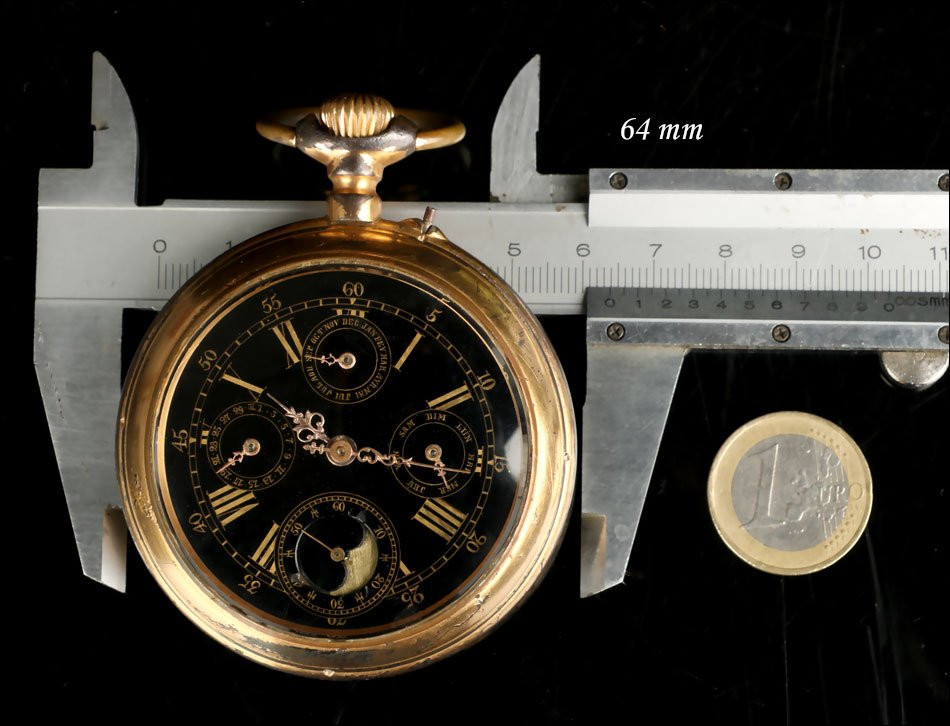

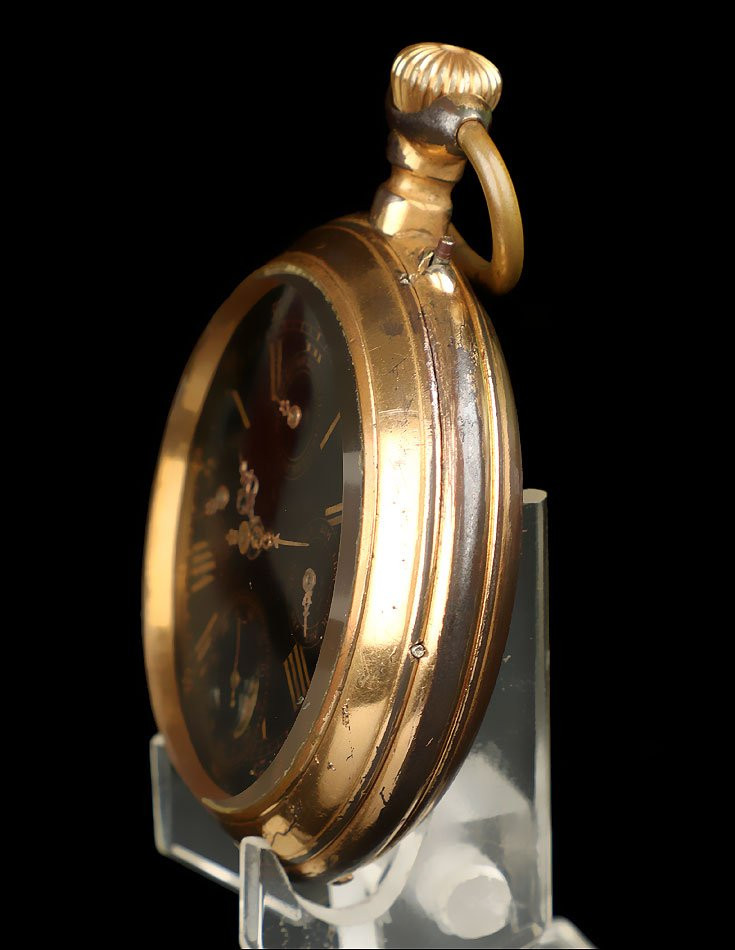
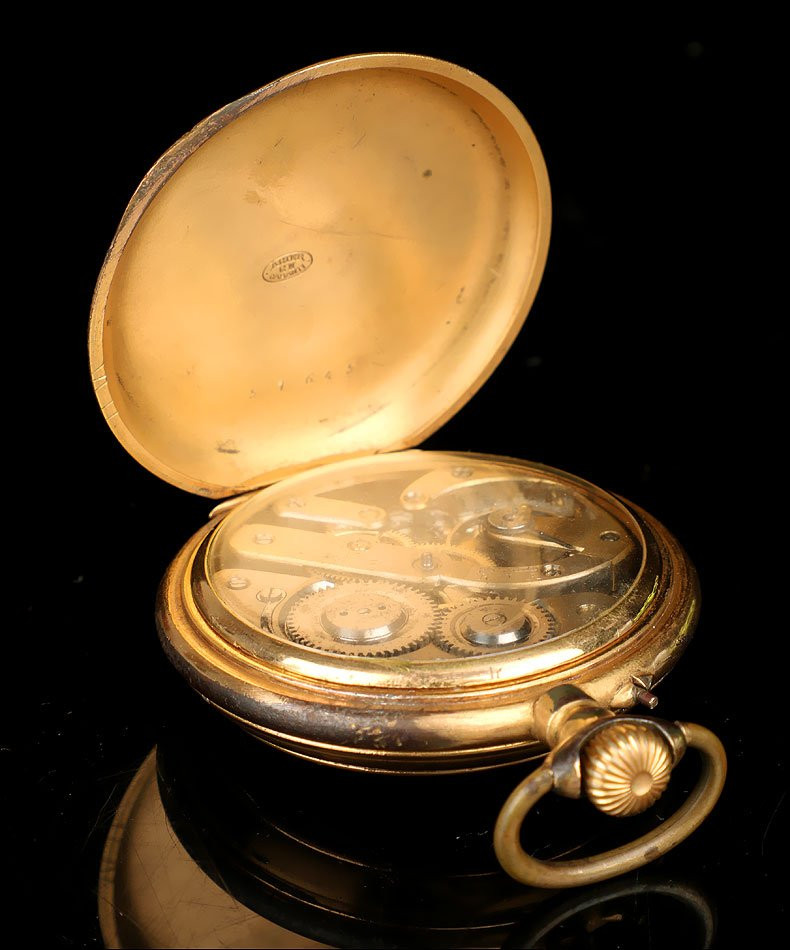
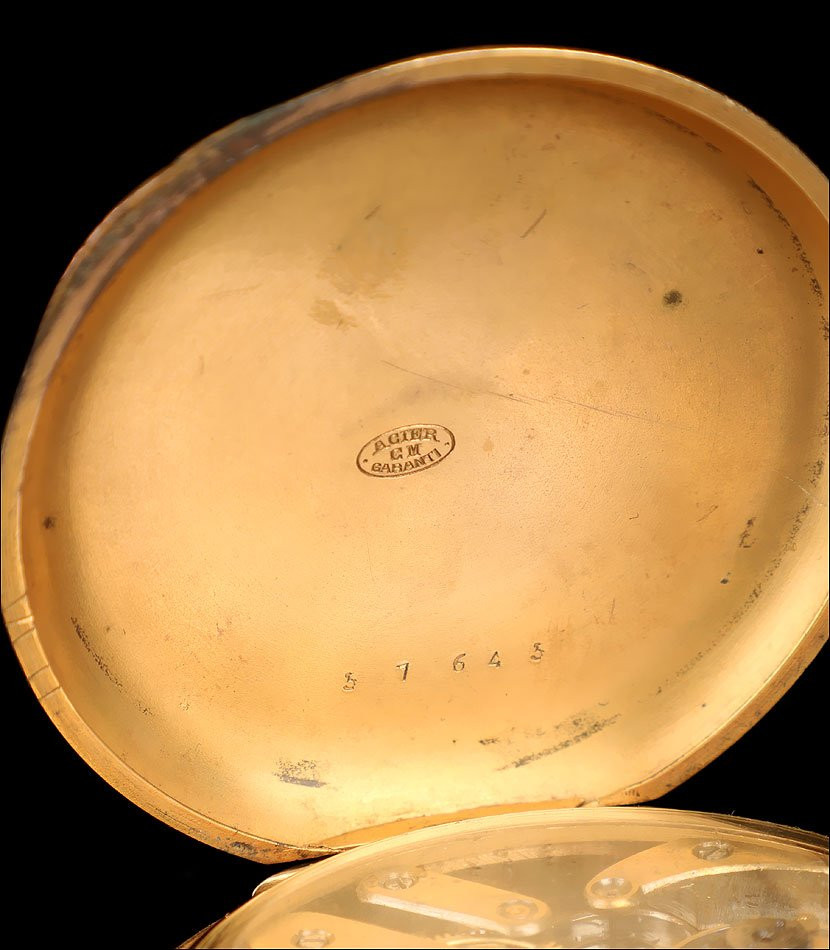
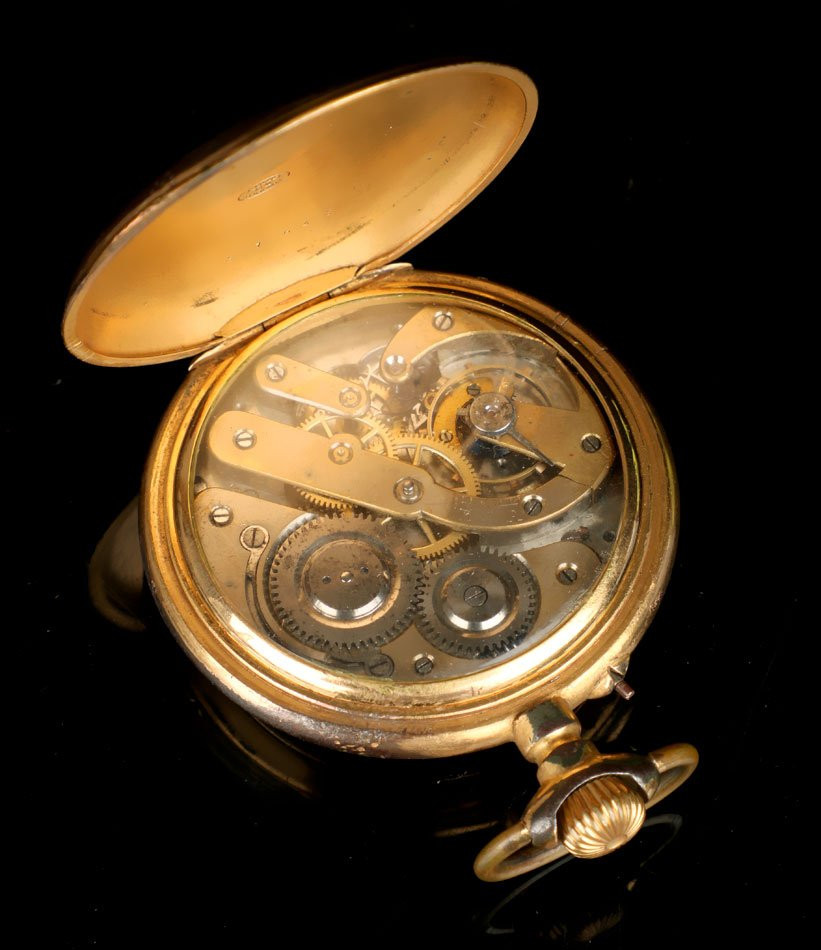
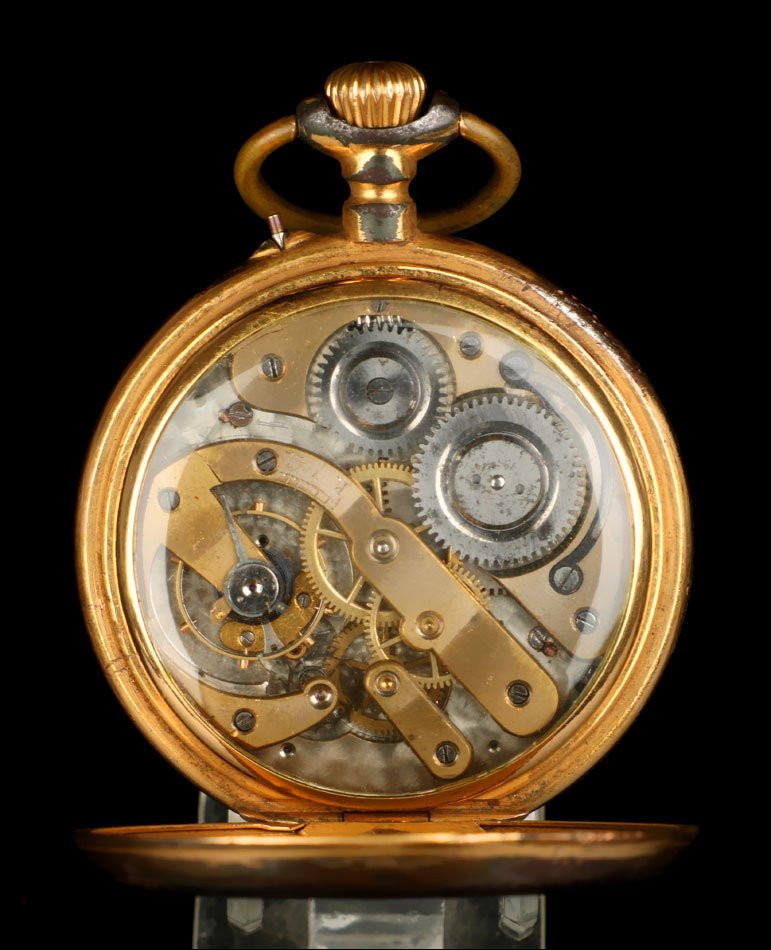

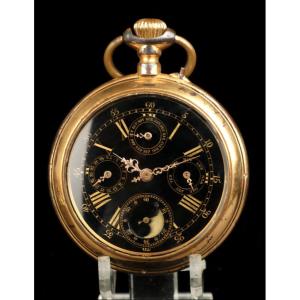











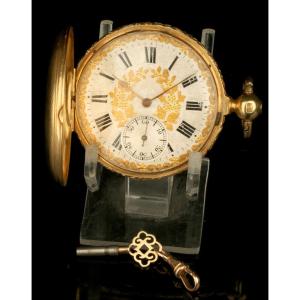





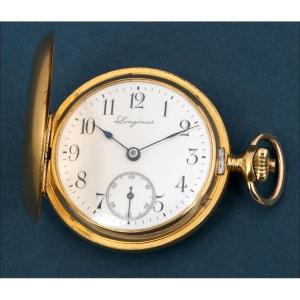

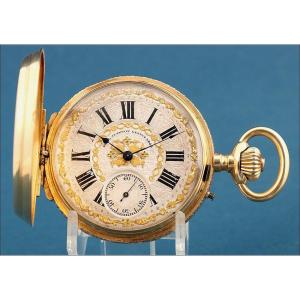
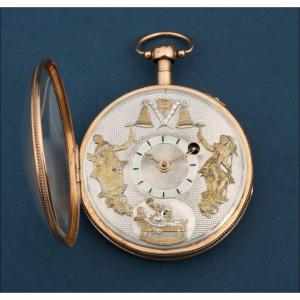







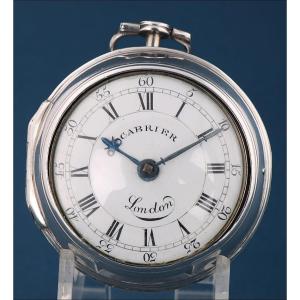



 Le Magazine de PROANTIC
Le Magazine de PROANTIC TRÉSORS Magazine
TRÉSORS Magazine Rivista Artiquariato
Rivista Artiquariato